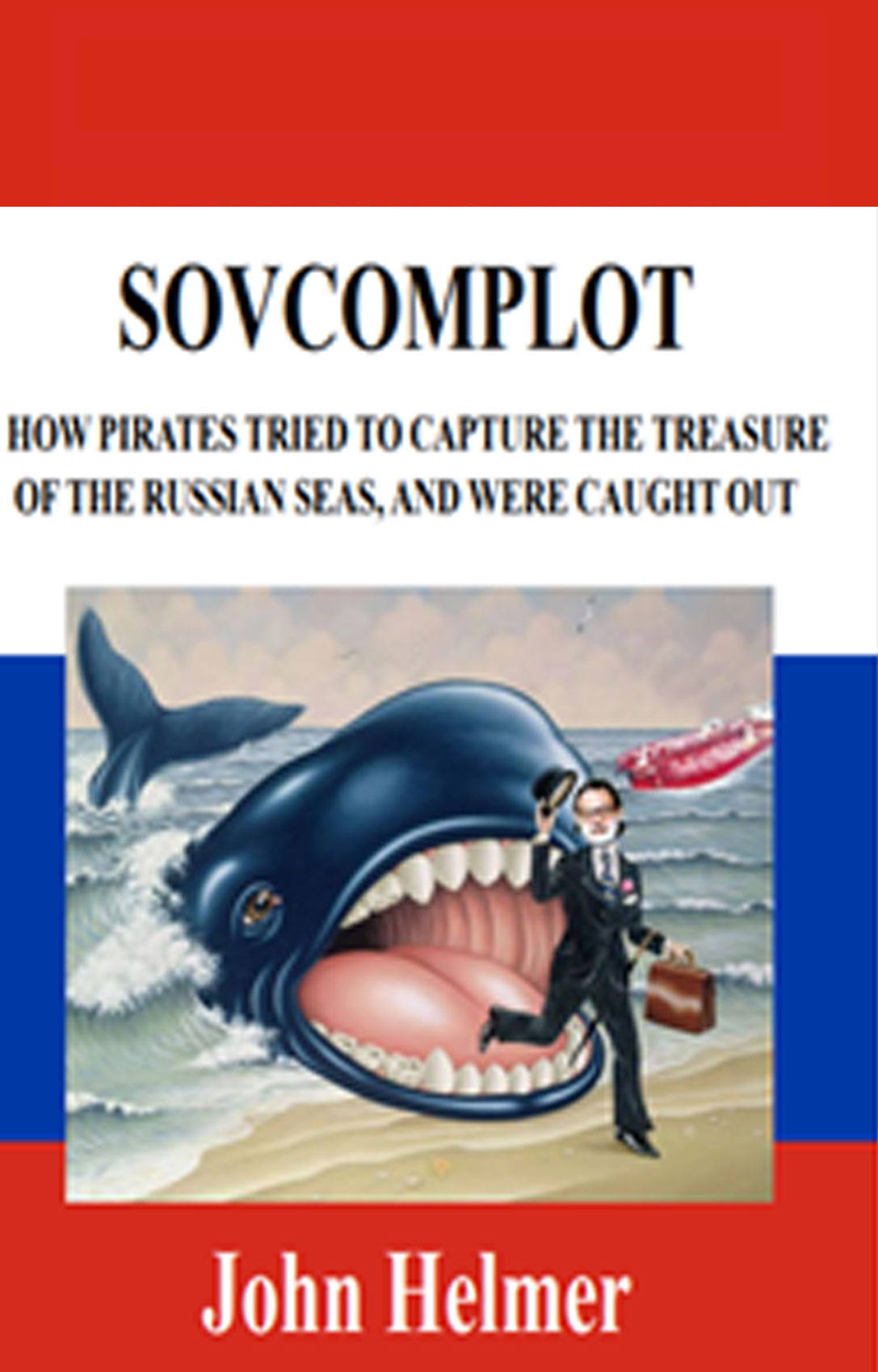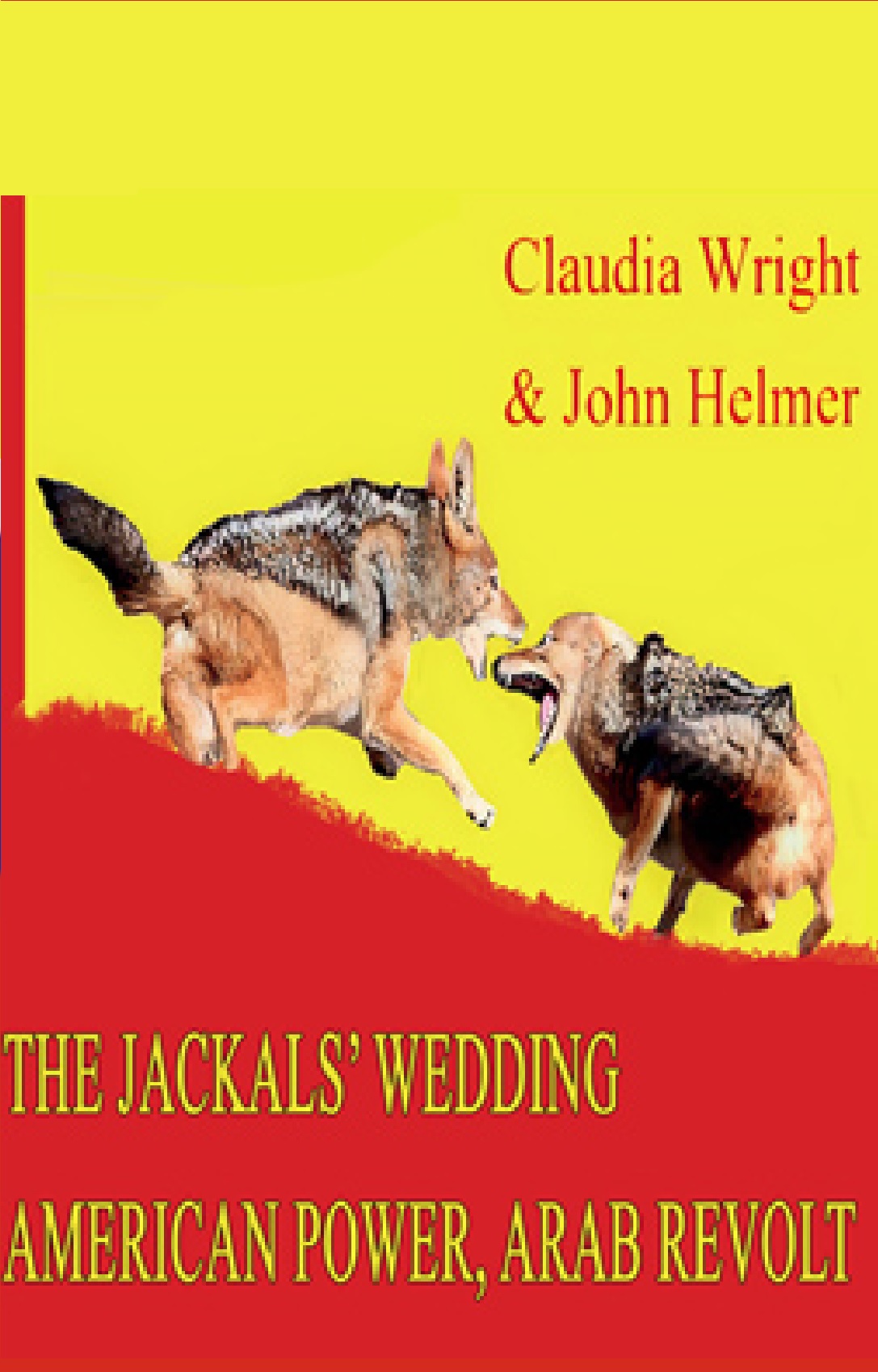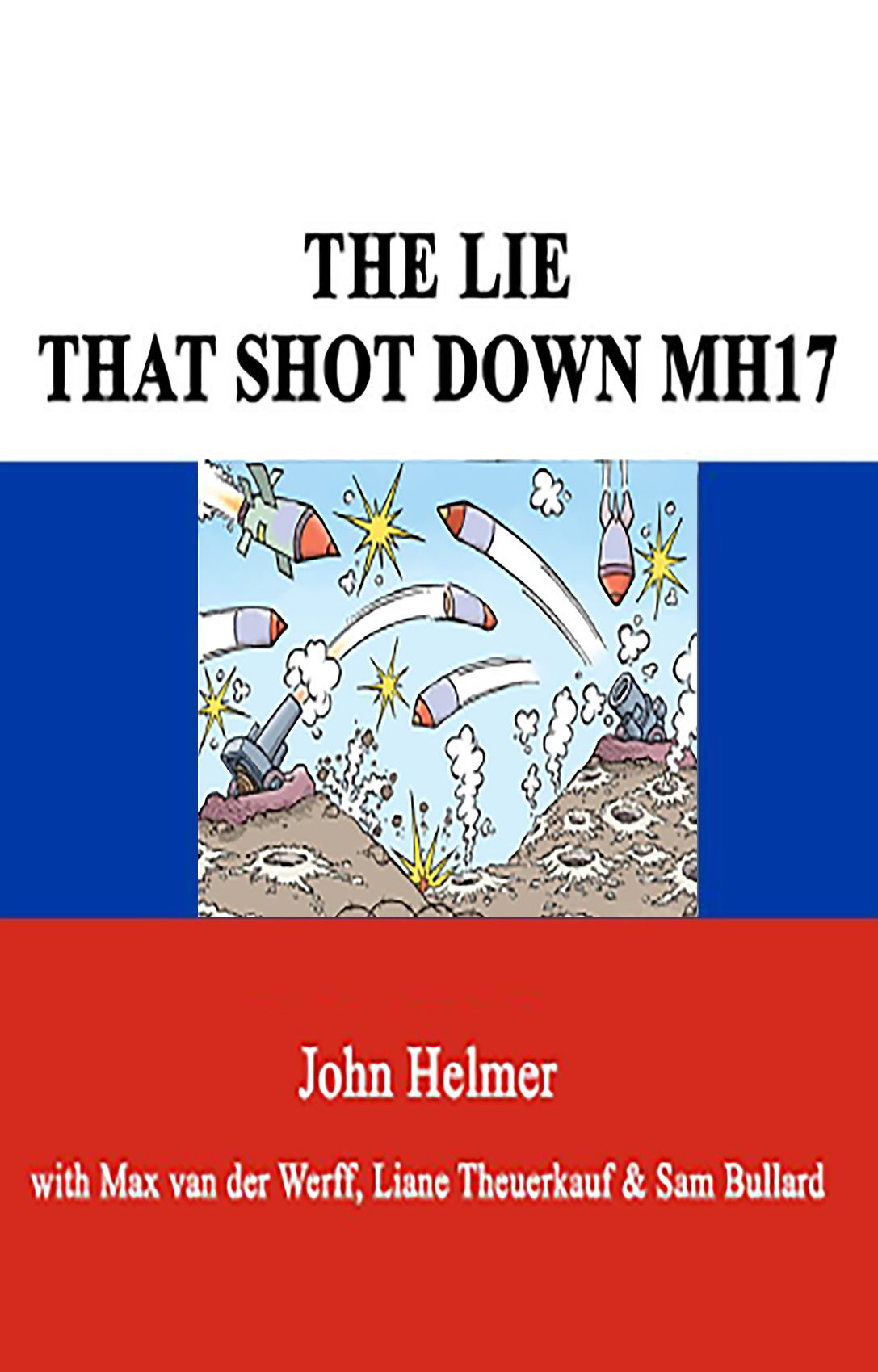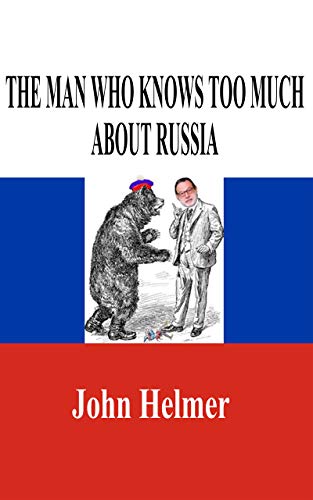By John Helmer in Moscow
MOSCOW – The magnitude and growth rate of demand from China still drives global commodity prices. But in the fertilizer sector, where China this month has had to agree to a price for potash more than double what it paid last year, the inflexibility of Chinese demand for food has made it difficult for the country’s negotiators to hang on to the commercial advantages they are accustomed to enjoying from being the world’s largest consumer.
Last year, Chinese buyers of potash lost their traditional discount; that is, the lower price Chinese importers would pay compared with other buyers in the Asian, Latin American, and European markets on account of the larger volumes they contract for recently, the Chinese agreed to pay a premium for their supplies, and they will receive less than they had bargained for.
Chinese buyers also face the shortening of contract terms, canceling their last commercial advantage in the potash market – annual contracts, with prices fixed from one springtime contract agreement to the next.
In an announcement on April 17, it was revealed that Chinese importers of potash have agreed on a price of about US$650 per tonne, delivered from Russia by sea. This is higher than the Indian benchmark price of $625 agreed just weeks ago. It is $400 per tonne above the price of the expiring Chinese contract, signed a year ago. The term of the new pricing deal is just eight months. The volume of deliveries for this period will be just 1 million tonnes, half of the 2007 contract volume oiver a 12-month period.
At a meeting with industry analysts last week in Moscow, Oleg Petrov, deputy director for Belarusian Potash Company (BPC), the dominant global trader for potash, warned that it is preparing to switch to spot-price contracts, providing for deliveries over no more than six months. That, according to BPC, is bound to put further upward pressure on the negotiations with Chinese importers starting shortly.
Potash, as the name indicates, was first produced by burning hardwood, and refining the chemical element potassium from a soluble solution. Its ancient uses were in the manufacture of glass, soap, and crop fertilizers. It is the last of these that predominates today, supplying one of the key nutrients for plant and crop growth.
Instead of burning wood, however, most of the world’s supplies of this industrial mineral are mined; and the largest mineral reserves of potash are concentrated in just three countries: Canada, whose stocks are the largest at about half the global aggregate, according to the US Geological Survey; Russia, with more than a quarter; and neighbouring Belarus, with 9%; altogether, these three countries hold 85% of global reserves.
In terms of production capacity, two linked Russian companies, Uralkali and Silvinit, trail just behind Belaruskali, which in turn is just behind Potash Corporation of Canada, and another North American producer, Mosaic. In the global market, the concentration of potash mining is greater than that of gold, silver, diamonds, nickel, copper, and bauxite.
Today’s hyper market moves potash’s price faster than gold, with an impact on rice, corn and other foodstuff prices that is becoming uncomfortably obvious in Asia. Corn hit an all-time US record $6.43 per bushel this week. Rice is at $22.17 per hundredweight, and still climbing. Merchant hoarding, consumer rioting, export bans, and price controls are reactions that are spreading from Asia to Africa.
The global trade in potash is even more concentrated than OPEC for oil, with just two syndicates dominant: Sinagpore-based Canpotex, which manages sales of the three North American majors (Potash Corporation, Mosaic, and Agrium), and Minsk-based BPC, a joint venture combining Uralkali and Belaruskali.
As population growth drives demand for foodstuffs, and the arable land available to supply food shrinks, it is the mineral fertilizers farmers use that help cover the gap between consumer demand for calories and the productivity of farm land to supply it. Thus, the biggest consumers of potash are the hungriest – China and India, followed by Brazil. Nature has not endowed these countries with the sub-soil resources of potash to meet their own requirements. But with just two syndicates in control of trade, and just three major importers, the global feast of foodstuffs is driving potash demand far faster than the miners can produce it.
The result is that the benchmark commodity price being set by BPC, the swing producer in the world, is driving up the share prices of the mining companies that deliver the fertilizer to the market.
Vladislav Baumgertner, chief executive of Uralkali, told a producers’ conference in Canada early this month that he believes the spot price for potash is likely to go over the $800 level (calculated per tonne of potassium chloride with freight and insurance) in the fourth quarter of this year.
A table in his presentation shows the price dynamics for potash from minehead to consumer since January 1. Roughly 40% of Uralkali’s potash is sold by BPC on 12-month term contracts renegotiated once a year, typically in the spring for the Indians, followed by the Chinese.
The BPC benchmark is fixed by the contracts signed with one or a few large fertilizer distributors in these main markets. In India, BPC has one client, Indian Potash Ltd (IPL). In Brazil, there are two to three; in China, several. Analysts say the roughly 10 of the BPC’s largest buyers account for more than half of its sales around the world.
According to Baumgertner, at the start of this year the contract price for India was $270. In March, BPC and IPL agreed that, starting in May, and running until May 2009, the new price will be $625. This was an increase of 132% year on year.
On April 1, the BPC’s Petrov said he would use the Indian price as the benchmark for the Chinese negotiations; the China term-contract price negotiated last year, and running through this spring, was $250. For potash delivered by Uralkali by rail or sea to northeastern China, the January price was $370. Brazil, the third of the main markets for Uralkali, was paying $450 in January. It is under pressure to accept the rising benchmark. BPC officials say they expect the spot price to reach $700 by July, and $800 by November.
This week in Moscow, Petrov claimed that a price of $1,000 per tonne was approaching “rather fast”. He intended Chinese potash buyers to understand that they may have to outbid the Indians with a premium. If they don’t, the potash will sail elsewhere.
The outcome of BPC’s negotiations is now clear: China is obliged to outbid the rest of Asia to get its potash, and much of its former supply is going to even higher price-bidding destinations.
Baumgertner explains that the dynamics of global demand and buying power this year are changing the geographical direction of Uralkali’s sales and shipments. China represented a 40% share of sales in 2007; it will drop to 23% this year. India is up from 7% to 12%; Southeast Asia up from 11% to 17%; Europe up from 8% to 12%, and the US, at zero for Uralkali last year, will be 4% this year. Brazil remains constant at 21%.
When the boats can change their ports of call, as a Moscow brokerage analyst notes, China’s traditional buying and bargaining power dwindles. “The Chinese market is very important for Uralkali, but the fact that Uralkali can reallocate products to other markets in the current environment increases the chance that the new pricing level for China will be much higher than we expect.”
When BPC’s volume of shipments are counted with direct shipments to China by Uralkali Trading, the combination of Uralkali and Belaruskali today account for 33% of exports worldwide. Silvinit, Russia’s second potash producer, trading on its own, takes a 12% market share, giving the Russians altogether a 45% grip on the market. The rival North American trader, Canpotex, based in Singapore, is down to 26%, and Germany’s K+S Group is at 14%.
The market is moving so fast, the investment bankers and brokers, who feed off share prices, are having trouble feeding their revenue and profit models. On Monday, UBS issued a price upgrade for its potash forecast for 2008 to $611; for 2009 to $850. By Thursday, these numbers are looking obsolete.
MDM Bank in Moscow issued an advisory to mining market investors last week to “highlight the operating leverage expected from these increases that could lead to further increases in earnings estimates for Uralkali. The stock has now reached another all time peak level, driven partly by anticipation of a positive outcome from these negotiations. On one hand, we view the valuation as extremely rich at this point, but on the other we recognize the stock’s strong momentum as this is one of the few plays in the Russian universe on global food inflation.”
The relationship between the potash reference price and Uralkali’s share price is plain. In 2006, Uralkali’s share price ranged between $2 and $2.50, with a market capitalization of about $3 billion. In October 2007, when it was listed on the London Stock Exchange for the first time, the share price was $3.35; market cap about $5 billion. Last Friday, Uralkali’s share price was $9.25, market cap $19.7 billion. On Wednesday, it had climbed to $11, market cap $23.4 billion. In a year, the company has increased its value more than fourfold. Compared with the big Canadians, it has still plenty of upside value to catch up: Potash Corporation is currently capitalized at $58 billion; Mosaic at $57 billion.
With growth dynamics that look better than gold, the potash leaders are publicly asking whether potash can remain the only commodity that is bound to keep rising in value. At the Canadian conference, William Doyle, the chief executive of Potash Corp, the North American leader, said that he can see no let-up.
“You are going to get higher yields through using GMO [genetically modified] seed. You are going to get higher yields through crop protection chemicals, and higher yields through our nutrients.”
Potash Corp reported $4.8 billion in aggregate fertilizer sales in 2007. It produces nitrogen, phosphate, and potash fertilizers; potash sales by Potash Corp last year amounted to $1.6 billion, 33% of the aggregate. By comparison, Uralkali is a pure potash producer, with $886 million in reported sales in 2007.
The North Americans and Russians noted at the Canadian convention that food inflation, grain shortages, and the rise in fertilizer prices are triggering government controls. “I wouldn’t want to see commodity prices go up a lot more,” said Michael Wilson, chief executive of Agrium, the third-ranked North American potash producer. “We are starting to get a lot of government interference in the agriculture business, looking at export taxes and caps on nutrient prices.” Agrium, a multi-mineral producer, reported aggregate sales last year of $5.3 billion, of which just 6%, $316 million was accounted for by potash.
The Russian government has introduced export duties for fertilizers, and such chemical ingredients as sulphur. Quotas on export volumes have been threatened. Domestic price growth controls are also being negotiated with the main producers and suppliers. Last week, it was rumored that the Chinese government will shortly impose draconian export taxes of up to 135% on urea and phosphate fertilizers; the country does not produce any potash fertilizers.
Moscow industry analysts calculate that in cashflow terms, Uralkali will more than offset the cost of the new taxes by increasing both volume of exports and price. Uralkali announced last week that in the first quarter to March 31, the company produced 1.25 million tonnes of potassium chloride; this was up 5.6% year on year.
In the month of March, production growth at the minehead was even faster at 8%. The data have lit a fire under the share price – it is up 20% on the week.











Leave a Reply